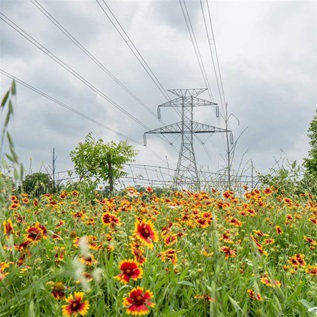State Debt Management
State officials often choose to borrow money to finance large expenses, such as expanding a congested highway or replacing defunct wastewater treatment plants. By distributing the cost of a large investment over many years, governments can free up cash on hand to meet their current day-to-day expenses. Borrowing for long-lasting infrastructure, primarily by issuing bonds, also spreads the cost over generations of taxpayers, enabling states to finance multiple pressing needs simultaneously. As debt financing continues to be an attractive option for states seeking to bolster aging public facilities, utilities, and services, it is important for policymakers to understand how much debt they can afford.
However, policymakers often lack the data needed to make informed decisions about their debt—from appropriate borrowing levels to the way the debt is structured. Compounding this challenge, many states do not have systematic ways to collect, evaluate, and monitor debt-related data.
To address these difficulties, The Pew Charitable Trusts conducts research to help states better understand and administer their debt. Among the primary tools to do this is a debt affordability study, which helps states evaluate their capacity to repay existing obligations and make informed decisions on issuing and structuring any new debt.
Additional Resources
Spotlight on Mental Health
MORE FROM PEW
Explore Pew’s new and improved
Fiscal 50 interactive
Your state's stats are more accessible than ever with our new and improved Fiscal 50 interactive:
- Maps, trends, and customizable charts
- 50-state rankings
- Analysis of what it all means
- Shareable graphics and downloadable data
- Proven fiscal policy strategies
Welcome to the new Fiscal 50
Key changes include:
- State pages that help you keep track of trends in your home state and provide national and regional context.
- Interactive indicator pages with highly customizable and shareable data visualizations.
- A Budget Threads feature that offers Pew’s read on the latest state fiscal news.
















